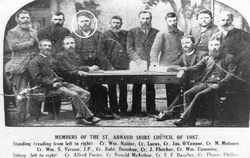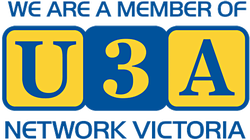What a story!
Marie was born in 1890. ‘I am told my public entrance into the world was made in a golden coach drawn by three pairs of white horses. The coach was surrounded with mounted hussars in scarlet uniform. I was on my way to the Winter Palace for my christening.
A year later, Marie’s mother died giving birth to her brother Dmitri, who became her closest friend for the next 26 years. She grew up with two English nannies and various tutors. Her father remarried when she was twelve but, because he had married a commoner, he was not allowed to live in Russia. Marie and Dmitri went to live with their uncle. Each year they travelled around visiting the Emperor, their grandmother and an aunt who was a nun.
In 1904 war with Japan was declared. At first, the war was taken lightly but as months passed without Russia achieving a single victory, the war became unpopular. Marie’s uncle was against the political position of the government and they found their lives in danger. Not long after, her uncle was assassinated.
Their aunt was not nearly as kindly disposed towards the two young people and organized a visit from a Swedish prince. The day after they had met, the aunt called 16-year-old Marie into her room, asked her what her impression of the prince had been. “Prince William came here to make your acquaintance. He likes you and wants to know whether you would consent to marry him.” Marie was shocked. In the end, she reluctantly agreed.
At her request, she waited until she was eighteen, married in Russia with the Emperor giving her away, and moved to Sweden. She had diligently learned Swedish but could never lose her love for Russia. Marie and her husband had a baby son and travelled widely, but after five years, Marie could not remain in her present position. She returned to Russia without her son and the marriage was annulled.
Where was she to go from here?
Unbelievably, into a Red Cross uniform and in charge of a field hospital. The First World War had begun and Russian recruits surged forward – so many that there was not enough artillery for all the volunteers. Dmitri was already an army officer. Russia, with British and French allies, was fighting Germany.
For a couple of years, Marie found a new life. She knew nothing about ordinary people, first aid only from her brief training, but she was determined to learn. Amazingly, she describes this time as the happiest in her life.
However, time passed, troops became dissatisfied, Rasputin had wormed his way into the life of the Empress and there was much unrest, much of it due to the politics of the same Rasputin. Word came that he had been murdered. Two young men had believed that was the only way to deal with the turmoil. Dmitri was one of them. He was banished from his country.
But things didn’t quieten down. From then on, Marie was fleeing from one place to another. She was no longer safe in the hospital, the upper classes were being killed and the revolution took over.
Marie remarried and she and her husband eventually left Russia, again leaving a little son behind with grandparents. The bravery and the quick-wittedness of Marie, her husband and brother-in-law enabled them finally to get, via Ukraine and Odessa, on a ship to Roumania.
I was impressed by this book because of the honesty of the account of a life which had very few satisfying episodes. Marie’s closeness to her brother was her anchor. Even after she married, he visited Sweden regularly, as did he in the field hospital. His banishment after the death of Rasputin, happened in the midst of utter turmoil.
To be able to write this book fifteen years after escaping Russia was a fine achievement.
Carmyl Winkler
May 2024


